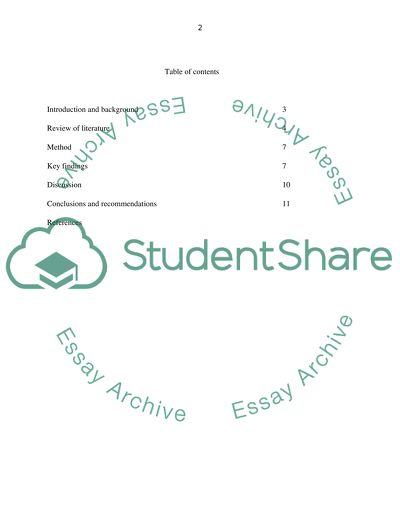Cite this document
(“Management Organization Learning and Knowledge Essay”, n.d.)
Retrieved from https://studentshare.org/environmental-studies/1409193-management-organization-learning-and-knowledge
Retrieved from https://studentshare.org/environmental-studies/1409193-management-organization-learning-and-knowledge
(Management Organization Learning and Knowledge Essay)
https://studentshare.org/environmental-studies/1409193-management-organization-learning-and-knowledge.
https://studentshare.org/environmental-studies/1409193-management-organization-learning-and-knowledge.
“Management Organization Learning and Knowledge Essay”, n.d. https://studentshare.org/environmental-studies/1409193-management-organization-learning-and-knowledge.


